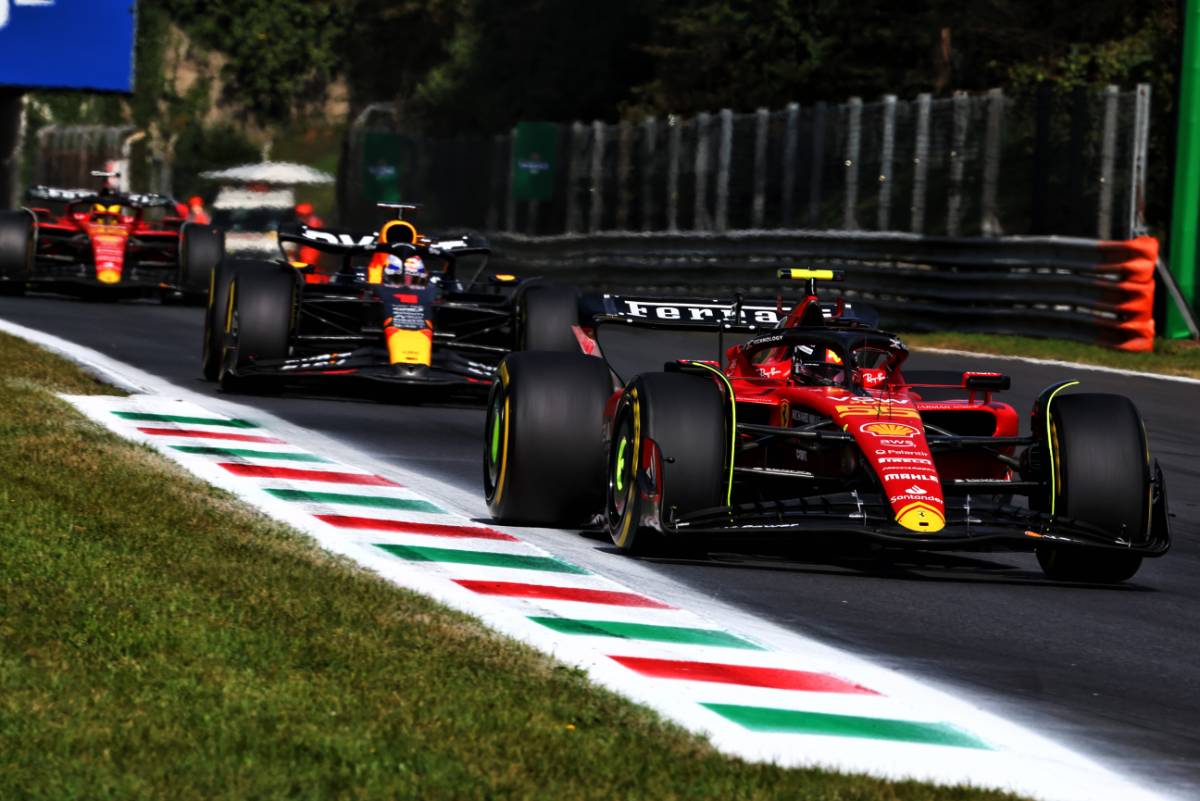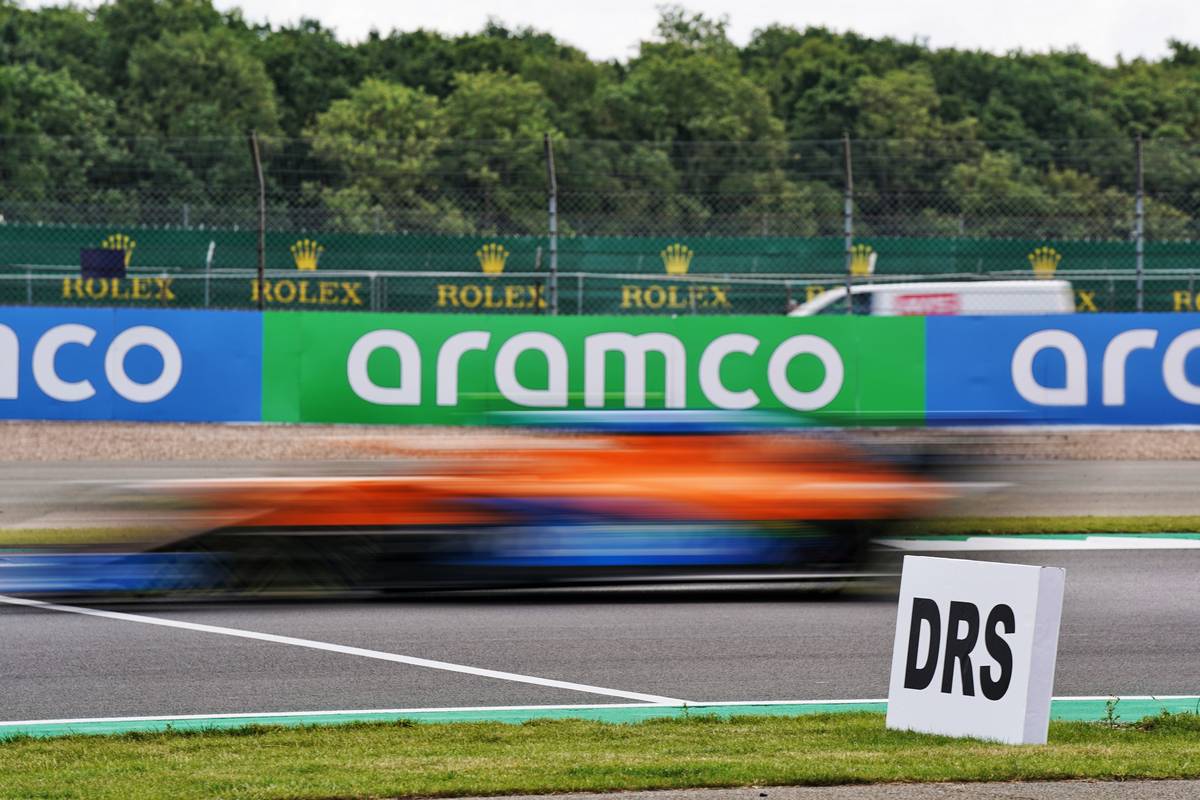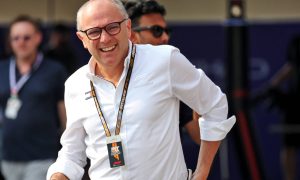
Leading F1 drivers believe that the ever-improving aerodynamic efficiency of the sport's current ground-effect cars is leading once again to overtaking difficulties.
Grand Prix racing's technical regulation overhaul at the start of 2022 reintroduced into the sport the concept of ground effects, where a car's downforce is mainly generated by its underbody and floor.
The approach was largely successful in fulfilling F1's aim of making a car easier to follow by significantly reducing the turmoil of dirty air in its wake, and thus improving overtaking opportunities.
But gradually, aerodynamic development has led to an increase of a car's outwash, or the volume of air that comes off the trailing edge of the front wing and that is channeled outward, which directly impacts the swirl of air at the rear of a car.
Read also:
With drivers now struggling once again to follow each other, the role of a car's Drag Reduction System (DRS) in overtaking is now even more important as Ferrari's Carlos Sainz explained last weekend at Monza.
"In 99% of the tracks I think we're going to need DRS, and we're going to need a powerful DRS, because these cars from the beginning of the year are starting to become a bit like 2021 or 2020 where it is difficult to follow," he said, quoted by Motorsport.com.
"Obviously Monza is a special case because you don't only have the DRS, you also have very long straights of slipstreaming, which helps a bit more the car behind.
"But I think in the rest of the tracks, we're going to need the DRS."

Red Bull's Max Verstappen echoed Sainz's view although the Dutchman recognized that he had the luxury of having a quick car on the straights, and one whose DRS is particularly powerful.
"I think on most tracks, we still struggle to follow or pass," said the Red Bull driver.
"I mean, at the beginning of the year, a lot of people were complaining about passing.
"We had the luxury of being a quick car, and we could still pass like in Miami where I think everyone was complaining about the passing – remember in the briefings, with DRS?
"I think the cars are getting more and more efficient and they have more downforce. So, it's harder to follow and then they're more efficient on the straight.
"Naturally here [at Monza] there's less DRS effect because there's almost no wing on the car. But I think it really depends on which track.
"[At Monza] for example, if Carlos, he was putting the car in the middle under braking into Turn 1, it's almost impossible to do something, because if I go for it and he just moves a little bit to the right, there is no space anymore."

Sergio Perez was on the same page as his teammate and Sainz, insisting that an even more effective DRS is the only way forward to keep the racing good at certain venues.
"I really agree," he said. "I think, definitely less DRS is not the way forward. I remember we were discussing to actually increase the effect because the cars are getting harder to follow.
"I think here the DRS effect, like Max says, is really, really small. So, I don't think in other places we can race with less DRS. If anything, we need the DRS more in some places to be able to have better racing."
Keep up to date with all the F1 news via Facebook and Twitter







